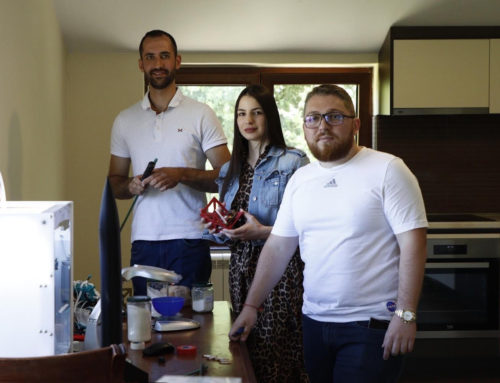With the advent and development of digital technologies, new opportunities are emerging within the cultural and creative industries, and indirectly for individuals, society and the entire country. Digitalization has enabled the emergence of numerous solutions that have significantly simplified the production and distribution of creative products, especially when it comes to their placement on the foreign market.
In this way, products become available to a wide range of consumers, which on the one hand enables the commercialization of the creative industries, gaining success and profits, while on the other hand, there is a danger of unauthorized use of the products of the cultural and creative industries. The reasons for such abuses are mainly the avoidance of payment for product use, tax avoidance, and it should be borne in mind that the digitalization has led to an increasing number of internet users and that the cultural and creative industries are being increasingly exposed to internet piracy.
Therefore, considerable efforts are being made recently to protect “creative products and services” through the use of legal instruments and promotional actions that develop citizens’ awareness of copyright, which is unfortunately poorly developed especially in the Western Balkan countries. With all of the above in mind, we conclude that the benefits of the emergence of new technologies and the simultaneous prevention of the impact of Internet piracy will be best felt by an efficient state and economy, which will foster the development and protection of the cultural and creative industries.
This development support is necessary for every country, especially Montenegro, given that this sector in Europe and the region is performing very well. Thus, numerous surveys from the region show that the creative and cultural business sector is characterized by above-average participation of entities that function as sole proprietors, family companies with only a few employees. They are one of the most sensitive and least developed groups in an economy. We should also take into account that the economic contribution of the business sector to the cultural and creative industries is mainly calculated by the total revenue generated and the total added value, which becomes a very important parameter, given that the main objective of these industries is to create greater added value, with as little as possible the cost of intermediate goods.
Project participants had the opportunity to hear more information about intellectual property rights at a special training organized last November. More details are available at https://kreativneindustrije.me/en/lecture-intellectual-property-rights/





